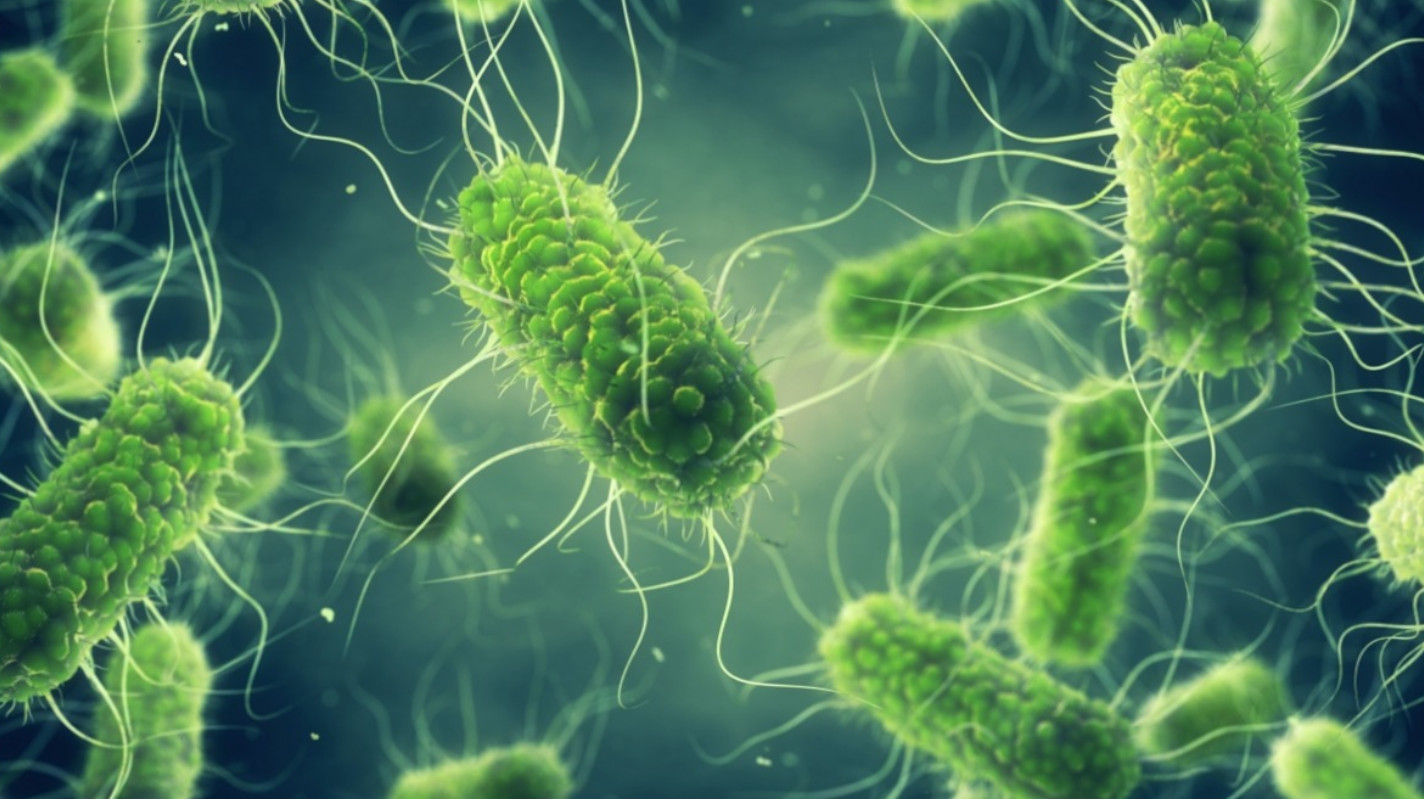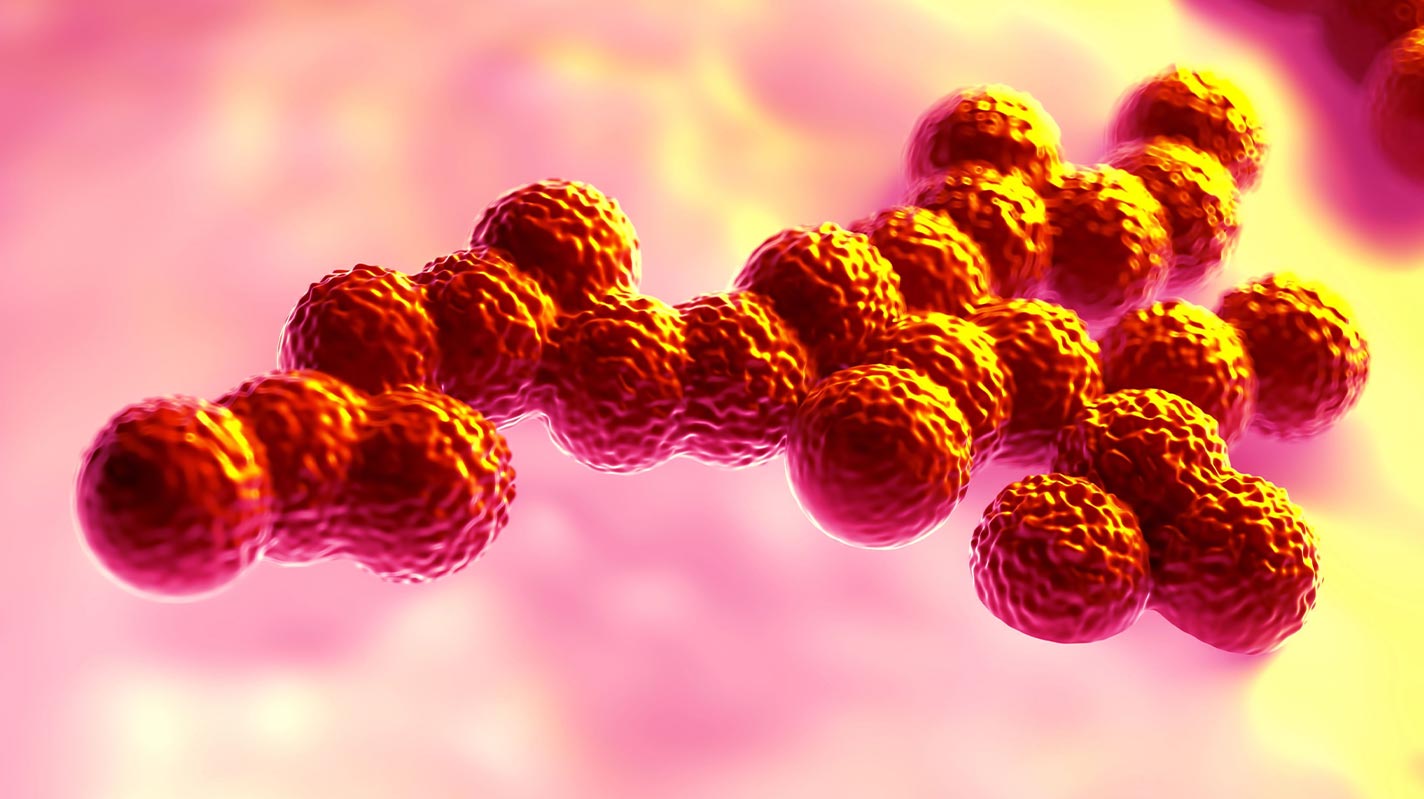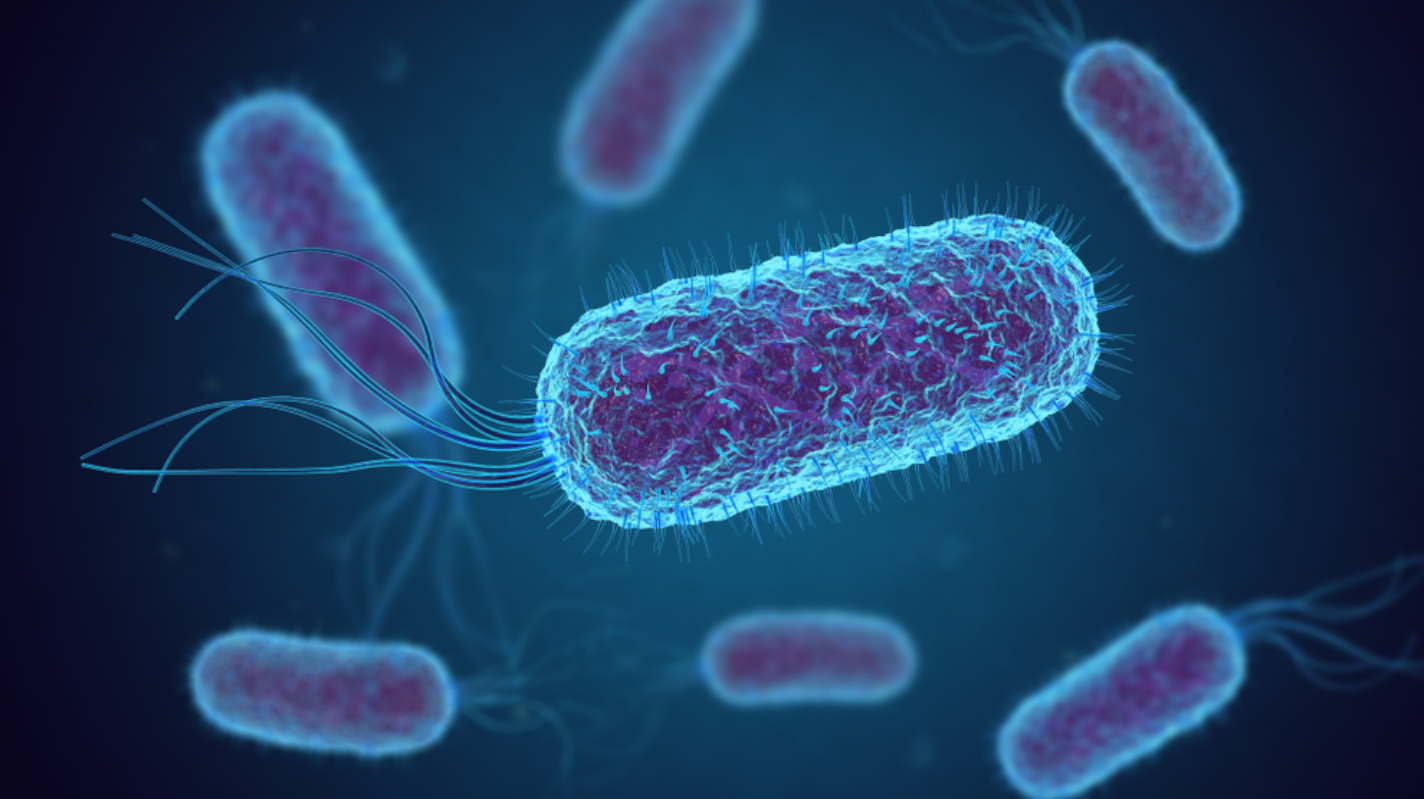Aspergillus Testing for Cannabis Safety and Quality
Learn more about Aspergillus mold, it various species, and how it can impact profitability, quality, and brand reputation.

It’s widely known that Aspergillus constitute threats to plants, and less commonly known is that it can pose a health threat to humans. The nature of this tricky fungus doesn’t make it easier. Beyond health and safety, Aspergillus impacts profitability, quality, and brand reputation. Understanding more about Aspergillus will help create pathways to control it and benefit your business and the industry.
A Persistent Threat
Aspergillus is ubiquitous—it is found everywhere including the soil, air, decaying vegetation, seeds, and grains. Aspergillus can be abundantly found in oxygen-rich plant environments; it grows in dead and decaying material or harvested crops, and at a wide range of temperatures and in low relative humidity. Cannabis plants are a good ecosystem to support Aspergillus because they are great sources of water, carbon matter, and sugar which aid the survival of mold.
It waits to attack the cannabis plant postharvest when the plant’s defenses are no longer a barrier of protection. It only takes one spore to exponentially grow and pose risks. Once you have Aspergillus, it’s not easy to eliminate. Aspergillus does not discriminate; it’s seeking survival and will do everything to live. Whether your product is grown indoors or outdoors, Aspergillus can take its toll. These dangers demonstrate the need for stringent cannabis regulations including a zero tolerance (less than 1 CFU/g) for the topic Aspergillus species including A. flavus, A. fumigatus, A. niger, and A. terreus.
How it Acts
Aspergillus is an opportunistic pathogen and it can be deadly to humans. Its spores can be inhaled from the environment or from consuming contaminated cannabis. These spores colonize in the lungs and can lead to lung diseases such as aspergillosis, aspergilloma, and different hypersensitivity diseases like allergic asthma, hypersensitivity pneumonitis, and allergic bronchopulmonary aspergillosis. The highest risk and most toxic species of Aspergillus are A. niger, A. fumigatus, A. flavus, and A. terreus.
Since Aspergillus is everywhere, more education is needed to further break down barriers and open up the discussion of creating standardized testing of the fungus. In the interest of health and safety and the cannabis industry it’s imperative consumers and the industry are aware of the risks this tiny fungus poses.
References
- Nandakumara D. Sarma, Andrew Waye, Mahmoud A. ElSohly, Paula N. Brown, Sytze Elzinga, Holly E. Johnson, Robin J. Marles, Jeremy E. Melanson, Ethan Russo, Lawrence Deyton, Christopher Hudalla, Gordon A. Vrdoljak, Joshua H.





